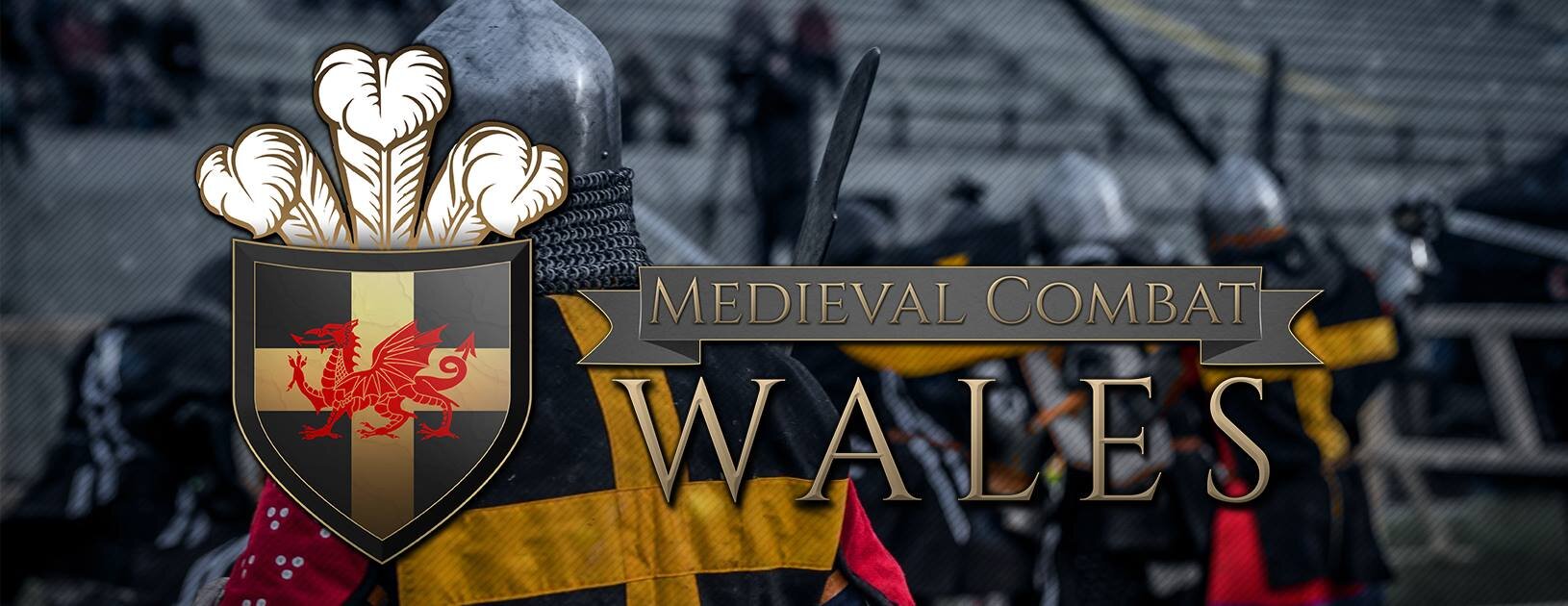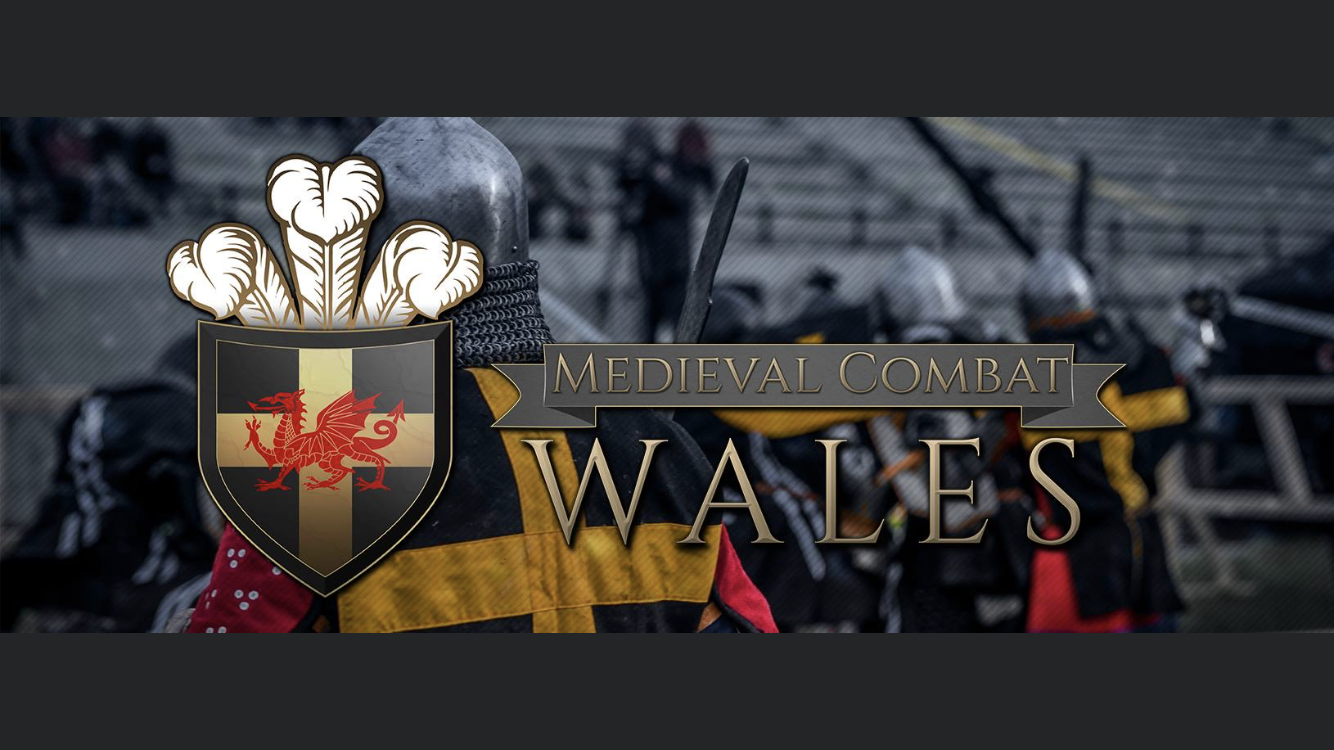
Buhurt
What is Buhurt?
Buhurt is the general term used to reference full contact medieval combat. It is normally used to reference group melee in particular. The sport can be divided into a number of clear disciplines which we will list bellow. There are a number of things each of these disciplines have in common. In any bout a competitor must comply with a minimum standard of armour which comprises the material and thickness of the armour as well as the amount of coverage of the fighters body. All weapons used must meet a set of specific requirements that govern the length, weight and striking edge. Similarly shields are governed by size, weight and thickness. All equipment used must be in good condition and serviceable for the bout. Before entering a list all fighters are subject to a weapons and armour check to ensure that the standards are met.
Medieval Combat Wales is a member of the International Medieval Combat Federation (IMCF) and as such we abide by their rule-sets regarding all of the above. Check their website for the most up to date rule set.
Rules are extensive and govern everything from the size of a list to the number of marshals required for a bout. These strict rules ensure the sport is practised safely and are taken with the utmost seriousness by the governing body.
Group Melee
Group bouts are the bread and butter of the sport. Often the biggest crowd draw as they offer the most spectacle from an onlookers perspective. By far the most common forms are the 3v3 and 5v5. Most local events and competitions will use these forms as it allows a greater number of teams to enter. The larger group melees tend to be the reserve of more prestigious and international events where large numbers of fighters will gather. 10v10, 16v16 and 20v20 melees wow the crowds with their chaotic and frenetic energy. Every once in a while such as at the World Championships we may even see a massive pitched battle where all the teams enter the list in a 150v150 fight, something not to be missed.
In terms of rules, melees are simple. Apart from the general rules mentioned above, there is only 1 method to eliminate a fighter. Knock them down. If a fighter makes a third point of contact with the flaw. If a knee, elbow, shield or any other body part touches the ground then a fighter is deemed to have been eliminated. A bout is over when a team loses all of their fighters or if a 3:1 ratio is achieved. 1 fighter versus 3 is deemed to be a loss and the fight will be stopped to protect the outnumbered fighter.
Melees are normally a best of 3 bouts affair however some competitions are 1 bout eliminations dependant on rules (and normally due to time constraints where a large number of teams needs to be whittled down).
Individual Duels
Duels are split into 3 categories and govern the types of weapons used by the competitors. Each duel consists of 3 rounds each 1 minute long with a 1 minute break between rounds. Duels use a points based scoring system. 1 point is awarded for a strike to a legal striking area, 1 point for disarming and 1 point for knocking an opponent down. Again there are a number of rules that govern what strikes are considered legal.
A round is won by the fighter with the most points. A match is won by the fighter with the most rounds.
Duel Types: Sword and Shield, Sword and Buckler, Polearm and Longsword
Pro-Fights
These are individual fights that use a more advanced rule set than individual duels. They are similar in style to MMA competitions in that they use a 10 point must scoring system that is judged by 3 judges. Each fight consists of 5 rounds 2 minutes in length with a 1 minute rest between rounds. Throws, strikes and shield punches are all legal and this is by far the most like other martial arts in terms of competition style. It is fast paced and highly entertaining but not for the faint of heart.
